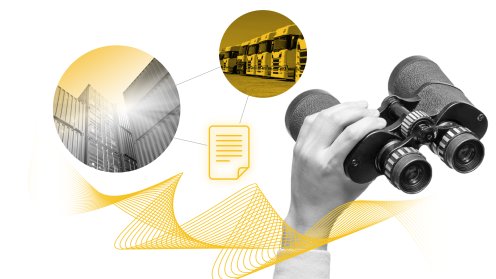In light of these ongoing transformation trends, companies need to ask themselves, “Do we have what we need -- in terms of people, processes, and technologies -- to respond quickly, intelligently, and effectively to whatever happens down the road?”
When it comes to technology, the good news is that innovation continues at a relatively rapid pace.
Take Generative AI, for example. While it’s not necessarily a new technology, the public introduction of ChatGPT at the end of November 2022 (shortly after the Transportation Pulse Report 2023 was completed) sparked tremendous interest in it. Just two months after its release, ChatGPT had an estimated 100 million monthly users, making it the fastest-growing consumer application in history, according to a UBS study published in early February 2023.
The introduction of ChatGPT has also sparked a lot of activity among enterprise software companies, large and small, on how to leverage Generative AI in business applications.
We’re still in the very early stages, but what if you embed Generative AI capabilities within a business network platform? That is, if you fed a Generative AI engine with data from purchase orders, advance ship notices, invoices, bills of lading, status updates, proof of deliveries, and other transactions flowing between trading partners on the platform? What new capabilities and benefits would it enable?
One possibility is the ability to quickly and efficiently map your supply chain -- that is, represent graphically where the manufacturing/production facilities of your suppliers (and their suppliers) are physically located, and which parts or materials are manufactured/produced at each location. And since supply chain networks are continuously changing, the Generative AI engine would continuously update the map, so the benefits would be ongoing.
Are we there yet? No, but the value and capabilities of network-based platforms continue to expand in other ways. Take Autonomous Procurement, as an example. I discussed this topic last August with Vincent Versee, Supply Chain Consultant at Nestle, and Jonah Mcintire, Director of Procurement Products at Transporeon. I encourage you to read the post and watch the video for all the details, but here is an excerpt:









